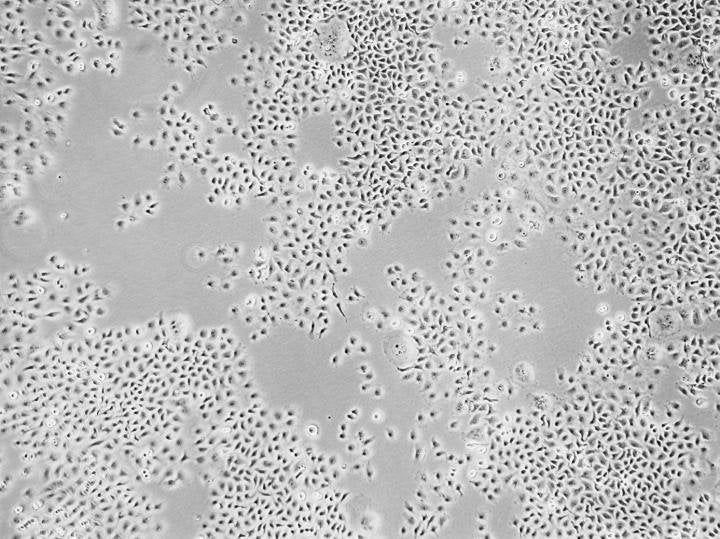In a remarkable step forward in the potential treatment of HIV, scientists in California have successfully created a cell population that is resistant to the disease.
The new approach, described as a form of “cellular vaccination” aims to offer long-term protection for patients by tethering HIV-fighting antibodies to their immune cells.
Jia Xie, senior staff scientist, said: “The ultimate goal will be the control of HIV in patients with AIDS without the need for other medications,” as even with anti-retroviral drug treatments, people with HIV still suffer much higher incidences of cancer and other deadly diseases.

Joseph Alvarnas who was involved in the study, said: “HIV is treatable but not curable - this remains a disease that causes a lot of suffering. That makes the case for why these technologies are so important.”
The new technique is superior to therapies where antibodies float freely in the bloodstream at a relatively low concentration, as the antibodies hang on to the cell’s surface blocking HIV from accessing a crucial receptor and spreading infection.
Known as the ‘neighbour effect’ the team showed that resistant cells could quickly replace diseased cells, potentially curing a person of HIV through gradual displacement.
Xie said: “You don’t need to have so many molecules on one cell to be effective.”
In essence, the researchers had forced the cells to compete in Darwinian ‘survival-of-the-fittest’ selection in a lab dish. Cells without antibody protection died off, leaving protected cells to survive and multiply, passing on the protective gene to new cells.
To infect a person, all strains of HIV need to bind with a cell surface receptor called CD4, so the team at the Scripps Research Institute and City of Hope research centre near Los Angeles, tested antibodies that could potentially protect this receptor on the very immune cells normally killed by HIV.
The antibodies recognized the CD4 binding site, blocking HIV from getting to the receptor.
The next step in this research is to try engineering antibodies to protect a different receptor on the cell surface, according to Xie.
